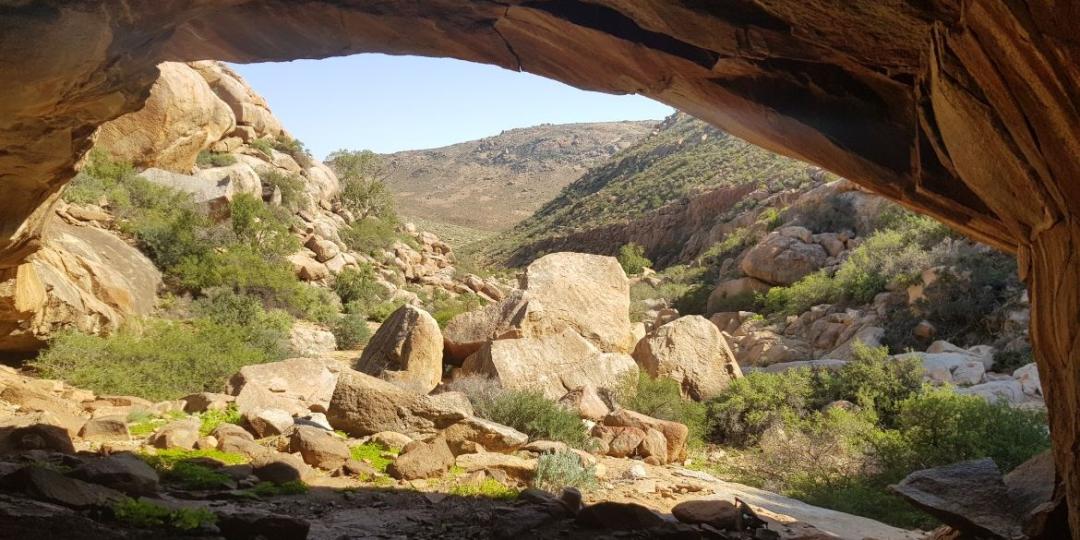Four of South Africa’s national parks have increased in size, thanks to the work of the National Parks Trust of South Africa (NPTSA) and World Wide Fund for Nature (WWF) South Africa.
The expansion incorporates an additional 20 206ha of land into four of South Africa’s national parks, 18 000ha of which were added through the NPTSA and WWF.
The largest of these expansions was for the Namaqua National Park, which has grown by 18 391ha (15 992ha through the work of the NPTSA and WWF). The other national parks to have been expanded are Mokala (with an additional 844ha); Karoo (397ha); and Agulhas (574ha).
“The NPTSA, which is managed by WWF South Africa, helps South African National Parks to acquire land to expand our national parks to meet conservation targets and create spaces where our country’s unique fauna and flora can thrive,” the WWF said in a press release.
The most recent expansion of the Namaqua National Park covers an array of threatened veld types and will help to protect rare, threatened, and endemic plant species, among them the iconic kokerboom (or quiver tree).
“In addition, it encompasses a 6km section of a 41km stretch of the Buffels River and the upper catchment of the Swartlintjies river system, both of which are important for the overall ecological functioning of the park,” the WWF continued.
Mokala National Park provides grazing for a range of rare antelope – such as sable and roan – and other species, including disease-free buffalo. Its expansion includes Northern Upper Karoo vegetation of which less than 1% is under formal protection.
Karoo National Park is home to Cape Mountain zebras, 20 pairs of breeding Verreaux’s eagles, 864 species of plants, and has the highest density of tortoises in the world (five species), while the Agulhas National Park encompasses the southernmost tip of the African continent and features threatened habitats of the Cape Floristic Region on the surrounding Agulhas plain.
WWF CEO, Dr Morné du Plessis, said: “These declarations are part of our work to bring some of South Africa’s most threatened habitats and species under the umbrella of SANParks as the custodian of our country’s very special natural heritage.
“All of this work contributes towards South Africa’s commitment to the Global Biodiversity Framework to protect 30% of the planet’s terrestrial and marine habitats by 2030.”






















